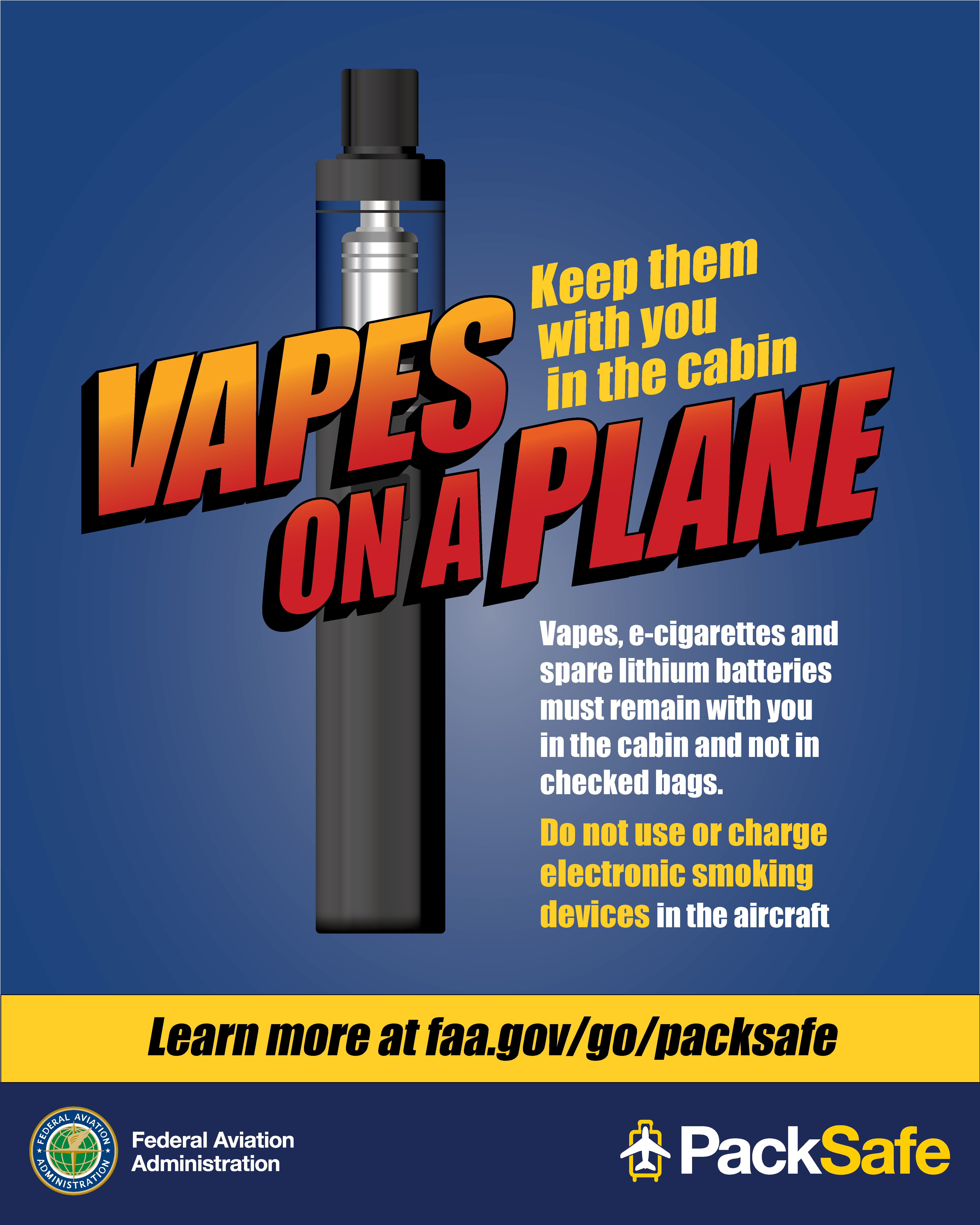Electronic cigarettes, commonly known as e-cigarettes or vapes, are strictly regulated on flights due to safety risks. Airlines and aviation authorities enforce clear policies to ensure passenger and aircraft safety.
Carrying E-Cigarettes on Planes
Passengers may carry e-cigarettes in carry-on baggage only; they are prohibited in checked luggage. This rule applies to the devices, batteries, and e-liquids. Lithium batteries, common in e-cigarettes, pose fire hazards if damaged or short-circuited in the cargo hold. Always store batteries in their original packaging or protective cases to prevent accidents.

Using E-Cigarettes During Flight
Using e-cigarettes is strictly forbidden at all times during flight, including boarding, taxiing, and cruising. Vaping produces aerosols that can trigger smoke detectors, cause cabin air quality issues, and create confusion during emergencies. Airlines classify vaping under smoking bans, leading to immediate disciplinary action such as fines or removal from the flight.
Key Reasons for Prohibition
The primary reasons include fire risks from batteries, potential disruptions to flight operations, and adherence to international aviation standards like those from the International Air Transport Association (IATA). Violations may result in legal consequences under airline policies and federal regulations.
Essential Tips for Compliance
- Place e-cigarettes in carry-on bags only—never in checked luggage.
- Ensure batteries are secured and turned off during transit.
- Do not attempt to use e-cigarettes on any aircraft to avoid penalties.
- Check specific airline policies before travel for any variations.







